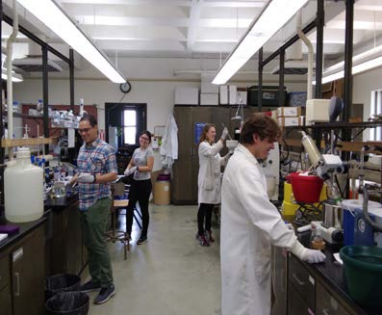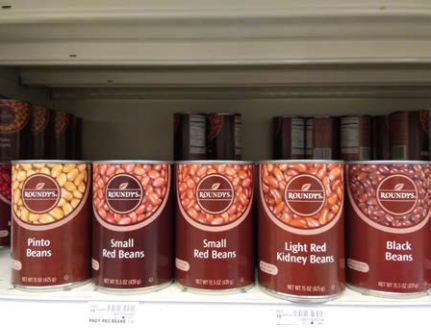Associate Professor Han came back from UW-Madison.
Collaborative research with Professor Reed of the Department of Animal Science, University of Wisconsin-Madison 2
October 6, 2017
Kyuho Han
During a two-month period, from July to September this year, I conducted collaborative research with the Reed Research Group (RRG) at the University of Wisconsin-Madison. The RRG employs graduate students from various departments within the College of Agricultural and Life Sciences (CALS) such as food science, nutrition, animal science and polymer science. Each student conducts research with researchers, who are responsible for animal experiments, chemical analyses and cell cultures, with funding from food companies in Wisconsin. Scientific data and information obtained through their research is provided to the food companies, which strengthens industry-university collaboration. Also, the RRG employs 2nd and 3rd year undergraduate students, as assistant technicians as a means of providing them technical training. In fact, during his visit two undergraduates worked three times a week. In addition, there was one scholar and two doctoral students from the National University of Costa Rica, on an international exchange program. These students worked hard fulltime from morning to evening. Due to the need to share equipment in the laboratory, he often went to work at dawn to avoid congestion, which meant there was only a short time to conduct the experiments.
In the United States adzuki beans are mainly produced in Michigan, on the coast of the Great Lakes, and about one thousand tons are exported to Japan annually. Domestic consumption of adzuki bean is mainly in South and Central American cuisines such as Mexican food. As I mentioned in my earlier report, he is clarifying the chemical ingredients, such as proanthocyanidins, in the beans, but he was made keenly aware of how short two months is when doing research. During the two-month period I was in Wisconsin one research paper was published, with very similar results to his, even using the same method that he had obtained through trial and error. This was a major disappointment for me, but unfortunately, that is the nature of publishing scientific papers.
During his collaborative research, he and Dr. Reed were able to confirm the existence of proanthocyanidins with structural heterogeneity in adzuki beans, which had not yet been reported. Therefore, he feels it is necessary to obtain more research funds because further study is needed to clarify the new bioactive proanthocyanidins in adzuki beans adzukinomoto extracted from adzuki beans.
- Research works of graduate students of RRG lab
- Canned legumes in the market of Madison


